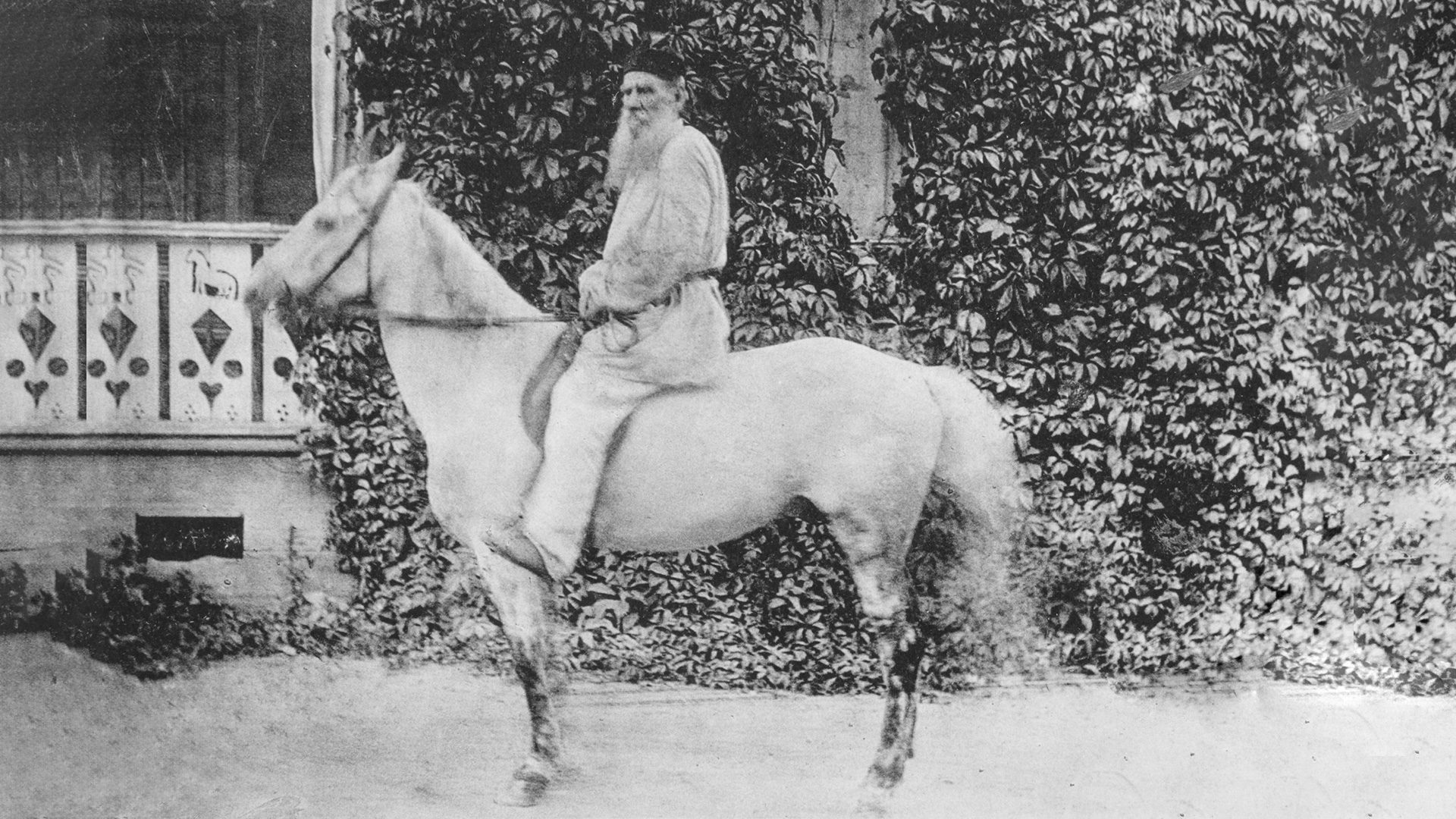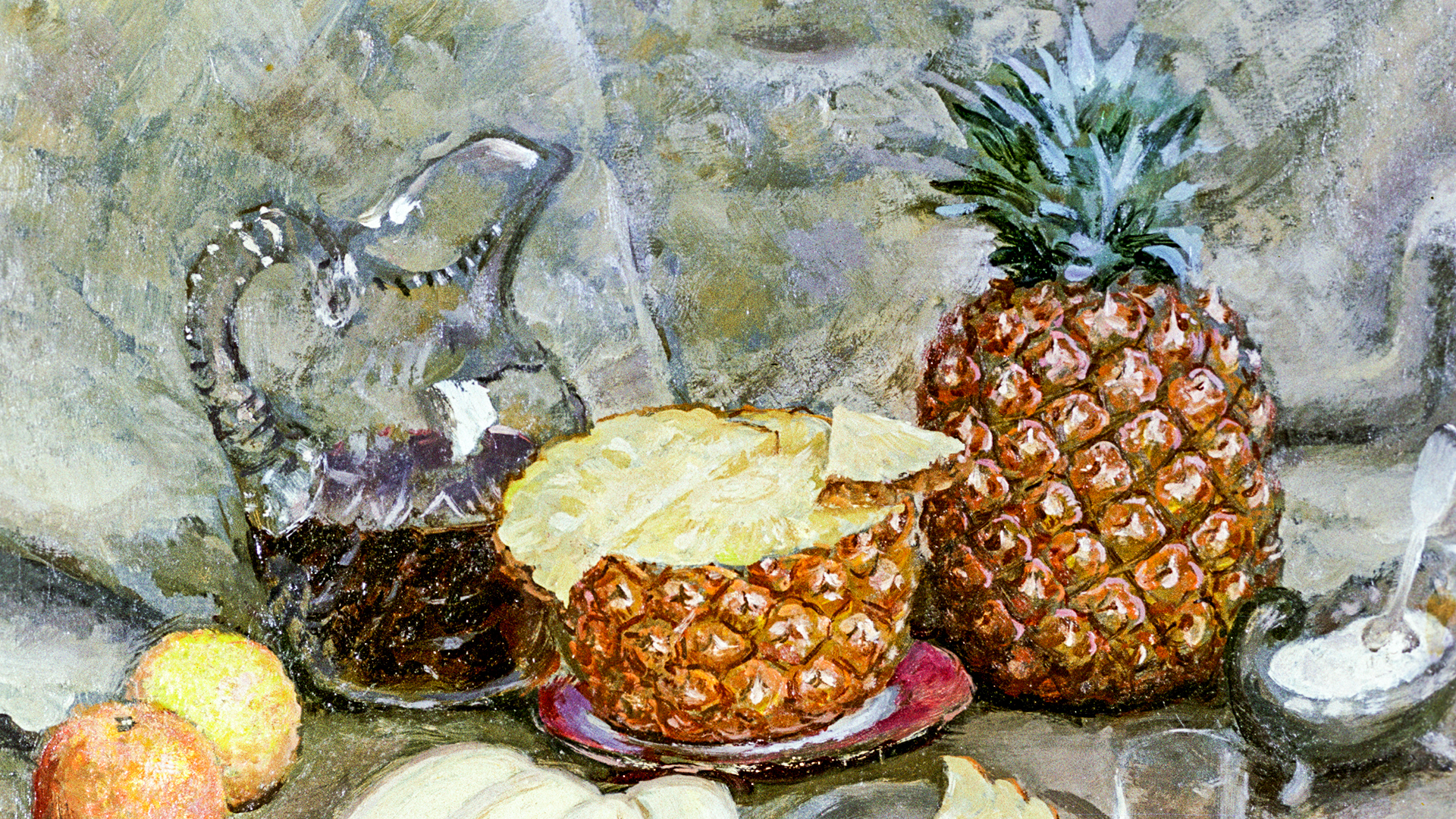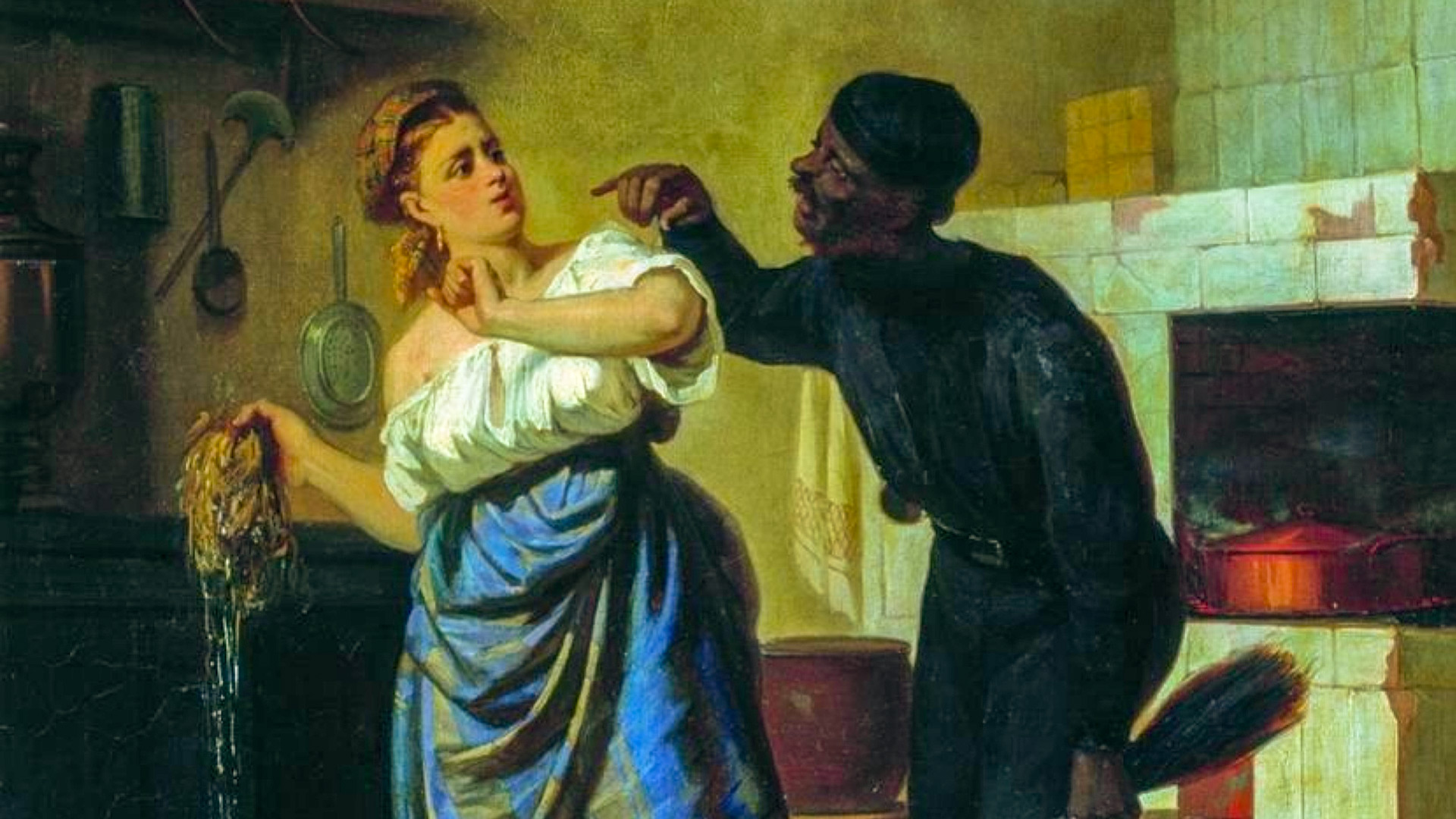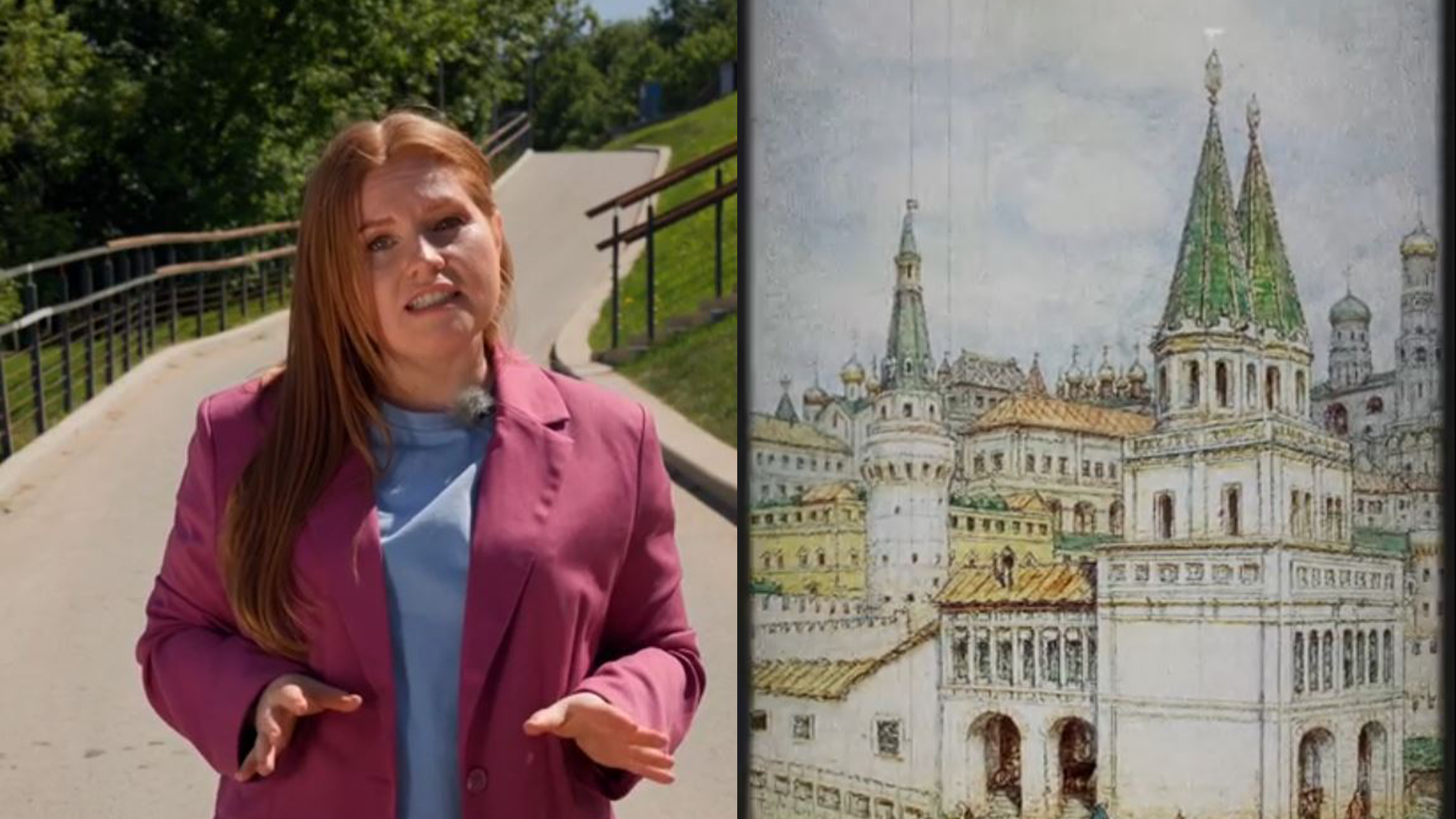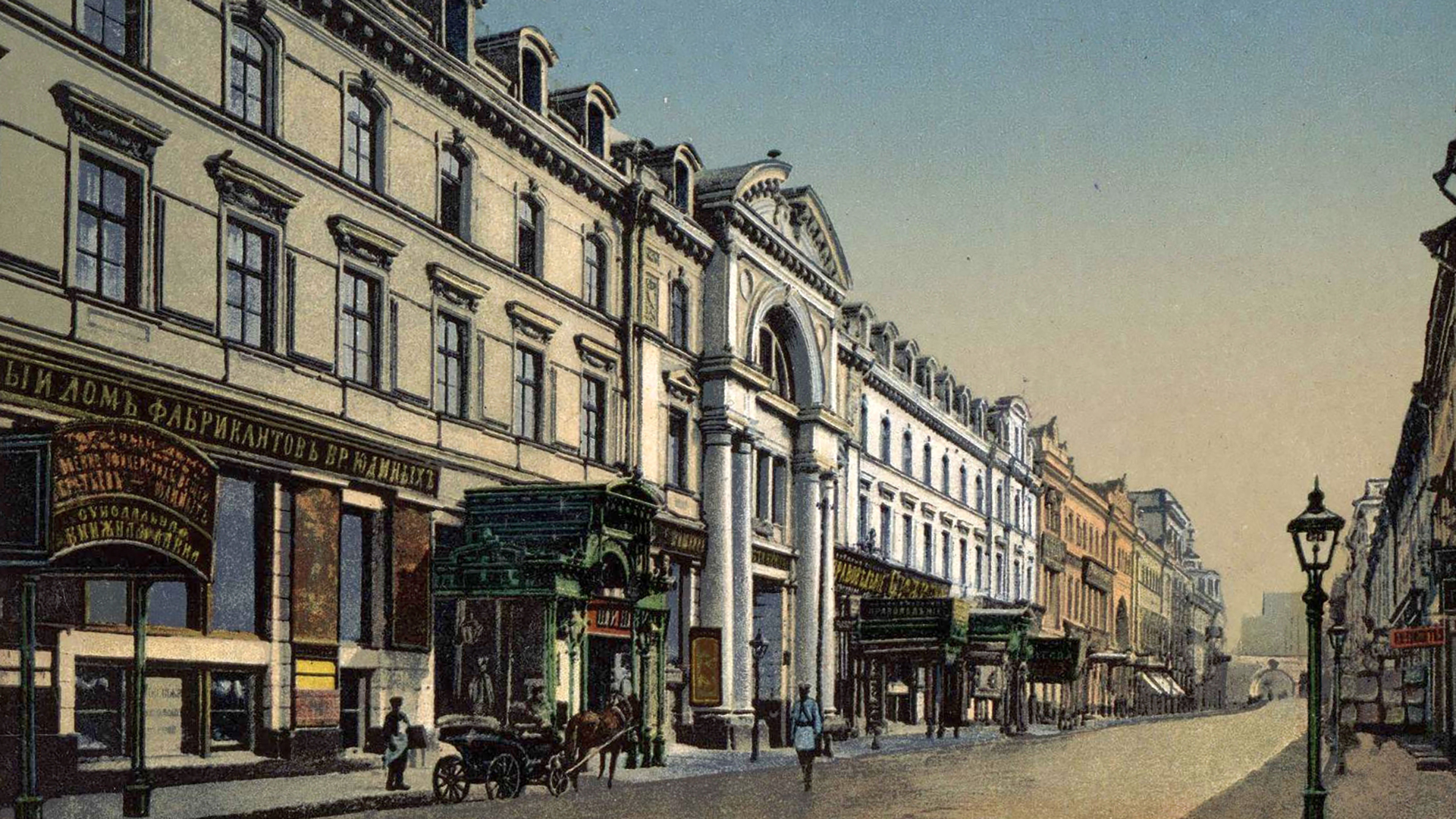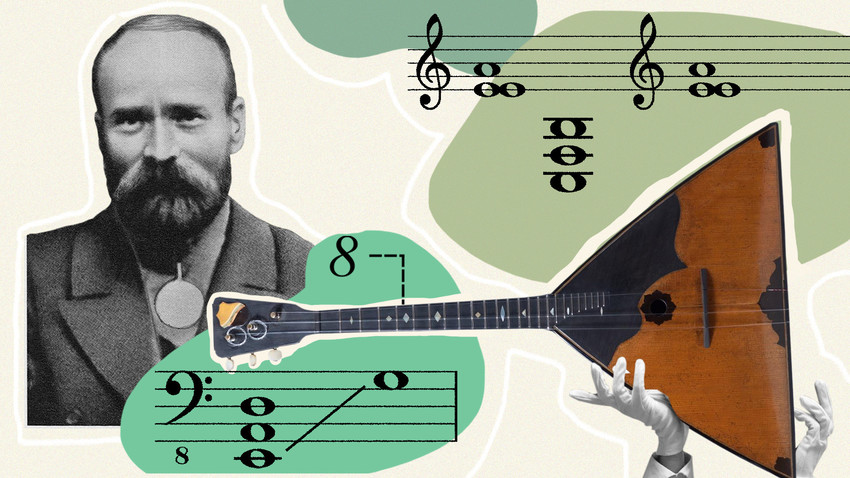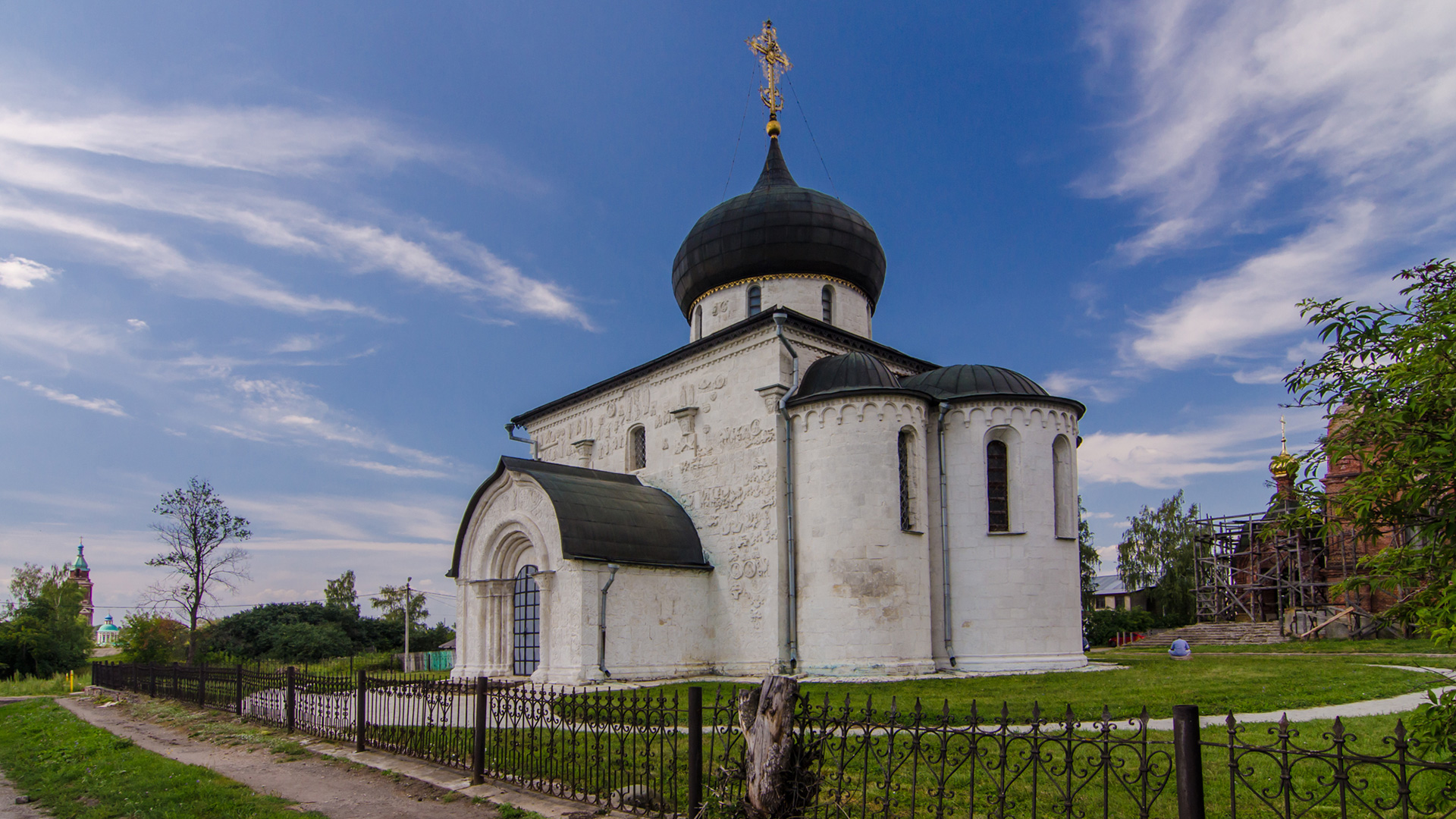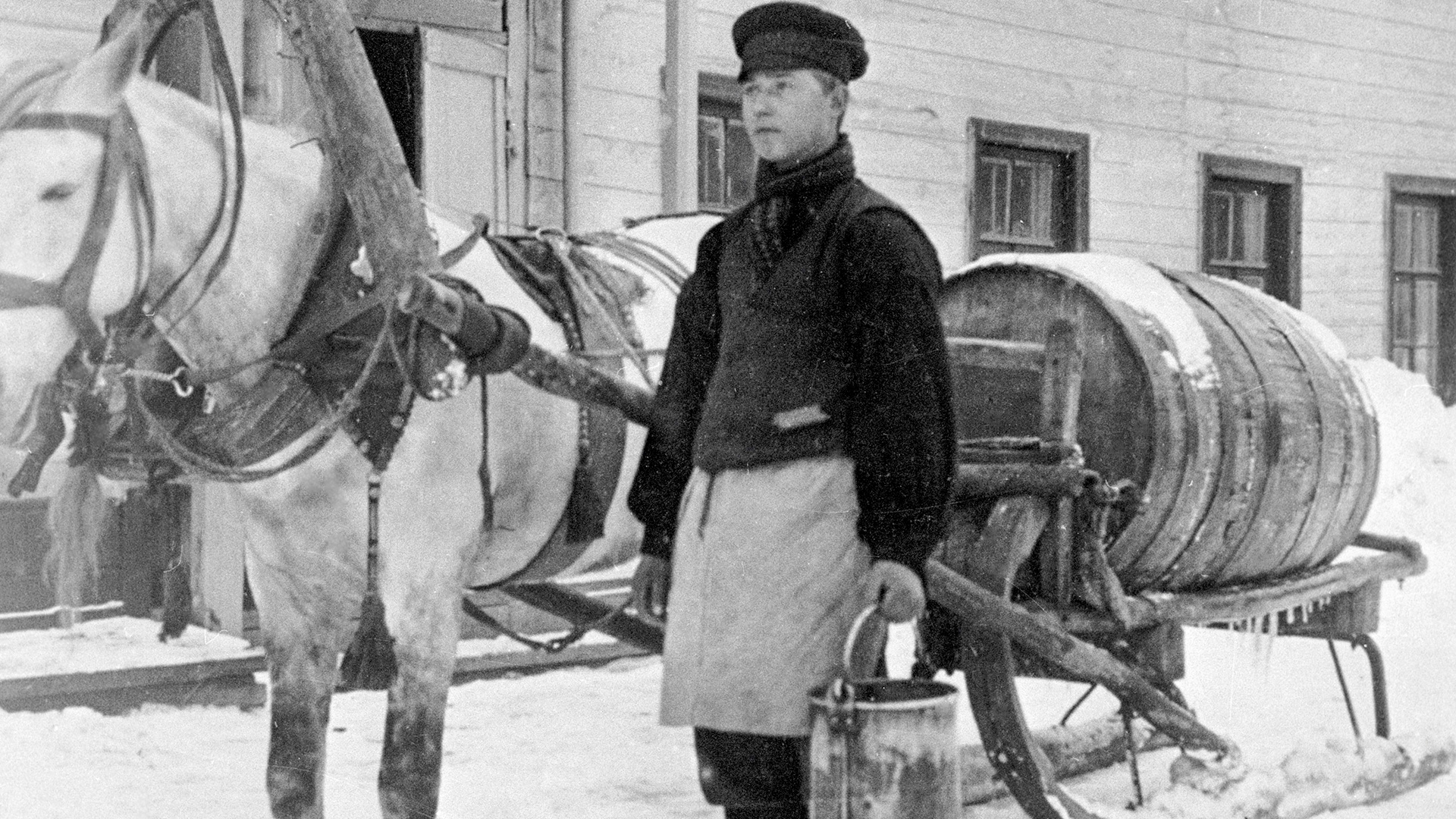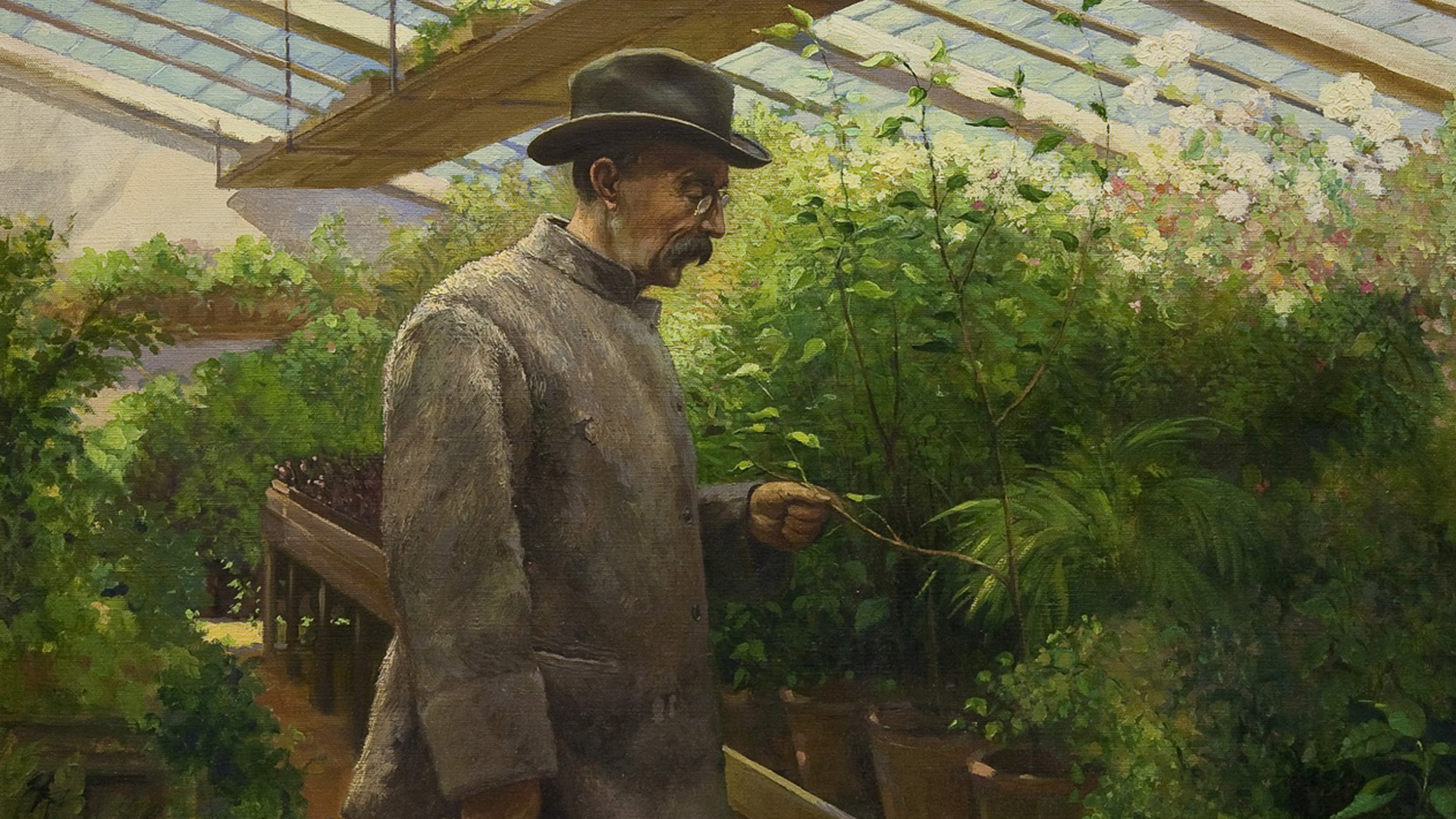
The Seven Bridges of Königsberg: Can you solve this ancient math riddle?

In the center of the medieval German city of Königsberg (modern Russian Kaliningrad), there were two islands next to each other on the Pregel River. The river banks and the islands were connected with each other by seven bridges.
Since medieval times, there has been an interesting game played among the locals: they tried to cross all seven bridges without crossing the same one twice. However, no one could!

At one point, Leonhard Euler, a Swiss-Russian mathematician and academician from St. Petersburg, took an interest in the riddle. In 1736, he wrote a huge work trying to solve this riddle. And, thus, via this old problem, he became the father of a whole new section of mathematics, which was later called the ‘graph theory’.
Euler drew all the points on land where a person should get to by bridges and then connected them by lines in the way the route should be traveled. The result was a complex figure, the so-called ‘graph’, that is, a set of points connected by lines or edges. An ‘Eulerian path’ is a path that implies passing along all the lines without repeating once.
In short, the riddle cannot be solved. The thing is that this graph has more than two odd points, meaning that the number of lines getting from one point are odd. And the Euler path is only possible with two or less odd points.
There is a similar puzzle for school children: An open envelope can be drawn with one stroke of a pen, but a closed envelope cannot. Because an open has only two odd points (with numbers 3), while a closed one has four such points.
Now, Euler's discoveries are used in electrical engineering, topography and power engineering.
By the way, it’s no longer possible to look for the solution in real life. Today, only two of those seven bridges have survived. The others were either rebuilt (and connected into one trestle) or irrevocably destroyed during World War II.




